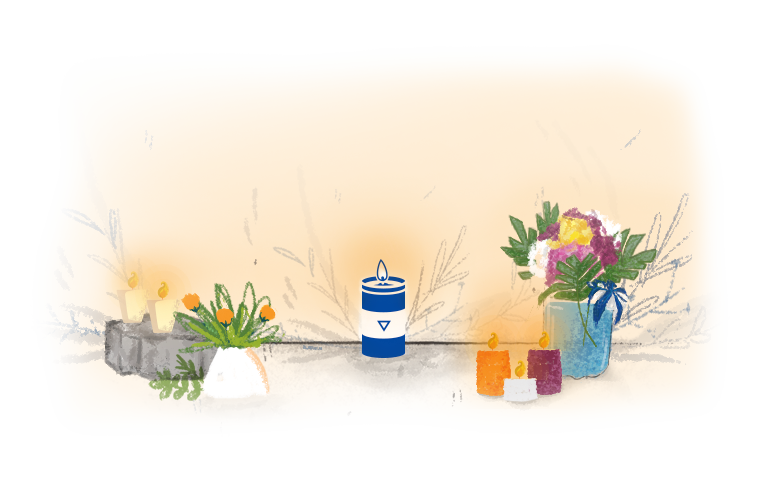
Rudy Antonio Hernández Almendárez
34 Years Old - Worker

Rudy Antonio Hernández Almendárez, “Alacrancito”
“A worker who struggled alongside the students”
Murdered in Chinandega on May 30, 2018
Nidia Margarita Hernández Almendárez is the eldest of six children of a family in Chinandega known by the nickname inherited from their father, who was called “El Alacrán” (scorpion). “The Alacráns’ house is a reference point in the neighborhood,” she says.
Her brother Rudy Antonio earned the diminutive “Alacrancito” (little scorpion) because from the time he was a small boy, he always accompanied his dad on his work with the cart. After that he learned the taxi-tricycle trade, and earned a living transporting people coming from Somotillo with their suitcases or bags of produce.
“He lived with me in my house,” says Nidia Margarita, “because thank God I have my own house. He would go off to work with his tricycle in the morning when it was still dark and come back at 6:00 in the evening, although sometimes he would come at midday to eat. His dream was to work hard and build a little house in Terrabona, Matagalpa, where his partner is from. They had bought a little plot of land and he wanted to work hard with the tricycle for two years to be able to afford his little house for his three children, so they didn’t go out much.”

Rudy Antonio didn’t like what was happening in the country. He participated in the marches and went around with the blue and white flag on his tricycle. “Ever since he started doing that, they had him in their sights,” she added. “The neighbors threatened him, telling him they were going to burn his tricycle.”
On May 30, Nidia Margarita and her daughter decided to participate in the Mothers Day march. “It was the first day my daughter and I wanted to offer support, to not be indifferent to the pain of the mothers in Managua, with so many dead. Even without knowing them, just seeing them on TV, on the news, was something powerful, horrible; I couldn’t even sleep,” she says, and then added, in clear allusion to the government’s actions, “no one took us in trucks, no one paid us, no one gave us anything. Each of us went on our own, we bought our own flags, our own water, and paid for our own transport.”
That day the protest was repressed by the police and Sandinista Youth members, who were stuck in the Municipal Government building because the protesters had forced them to retreat under a hail of stones. Rudy Antonio’s sister describes how at the march, Rudy “went ahead, when suddenly a person came out shooting at pointblank range. They say he was hiding and then came out and shot at Rudy who was immediately hit.”
Nidia Margarita said, “It was a massacre by the government against young people who were marching unarmed; all they had were slingshots and stones. They shot to kill because all of the dead had well-aimed shots. It’s very clear who sent them to kill; “it was the Sandinistas who killed them.”
Unable to hide the pain she felt at the death of her brother and her three orphaned nephews, she said “We want justice, because they didn’t just do harm to a single person, but to a family, to a mother, a father, children and siblings. They left three little ones orphaned..”
“My brother wasn’t a student; he was a worker. I want the government to realize they not only truncated the lives of students and professionals, they also killed working people,” she said.
I want to know more